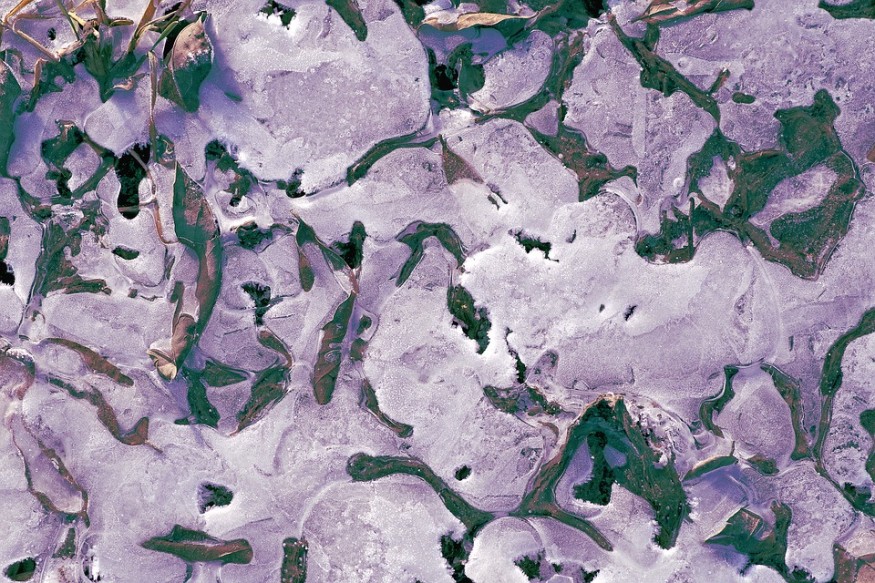In 2016, a gold miner found a well-preserved frozen wolf pup from 57,000 years ago in Yukon Territory permafrost in Canada while blasting a permafrost wall.
It was the most complete and oldest wolf mummy so far discovered. The juvenile was a female and was part of an ecosystem that included Pleistocene megafauna such as the American mastodon.
The finding of an intact mummy wolf in this region is unprecedented.
According to Julie Meachen, a paleontologist from Des Moines University, preservation in this region, as well as other parts of the North American continent such as Alaska, is not as common compared to the Siberian permafrost tundra.
Meachen is the lead author of a research paper that described the wolf mummy which was named Zhur. This study was published in Current Biology.
Much of the body has been preserved intact for tens of millennia, including its fur and even its delicate tongue papillae. Ross Barnett, a paleontologist from the University of Copenhagen, says that the preservation is amazing. Barnett was not involved in the research.
According to Meachen, they can determine the animal's age when it died, which is seven weeks, as well as its diet. The specimen provides a glimpse of a time in which a respite from icy periods occurred on Earth. The period is called an interglacial. It occurred when Arctic glaciers receded temporarily, and chilly grasslands were overtaken by woodlands. In this period, animals such as the mastodon, giant beavers, camel, and gray wolves like Zhur flourished.
READ: Climate Change Impacts Kashmir's 'Red Gold' Saffron Crop
The lost population of wolves

The specimen gives scientists a view into the ecosystems of the Ice Age from the perspective of predators. Even if gray wolves are iconic animals of the wilderness of North America in the modern age, their evolution occurred in Eurasia. During the Pleistocene epoch over 500,000 years in the past, they crossed the land bridge at the Bering Strait.
According to Barnett, Zhur lived during a time that is not well-known for the Yukon area. The DNA of the specimen told Meachen and her research team that the species is a record of wolves no longer present there.
Zhu's population is genetically related to Eurasian and Alaskan wolves. However, the wolves currently present in the Yukon do not have the same genetic identity. This shows that the first Yukon gray wolves disappeared and were later replaced by populations that are not related.
Studying ancient DNA revealed the complex evolutionary history and paleoecology of such animals. If Zhur's genes have not been studied, the extirpation of its population and eventual replacement by other groups would not have been detected by scientists.
READ ALSO: Baby Anteater Born on 'Coldest Night' Survives at Miami Zoo After Being Abandoned By Mom
Death at a young age
Zhur just traversed weaning, and it would have started to eat solid food. The teeth's geochemical signatures indicate subsistence on river and stream food such as Chinook salmon. Many modern interior Alaskan wolves also have a similar diet.
Zhur apparently died from den collapse, which facilitated the body's preservation.
According to Barnett, ancient DNA gives us a picture of the Late Pleistocene's dynamism that bones alone cannot provide. The genes and bones of preserved animals such as the wolf pup at the permafrost of the Yukon Territory in Canada give researchers access to that lost Ice Age world.
READ NEXT: Mammoth Skeletal Specimen Found Well-preserved from a Lake in Siberia
Check out more news and information on Global Warming on Nature World News.
© 2025 NatureWorldNews.com All rights reserved. Do not reproduce without permission.





